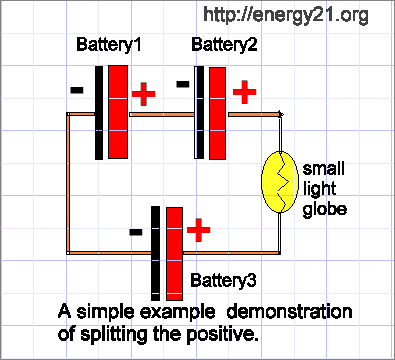Originally posted by Turion
View Post
Read this BYE
Wheeler’s simple formula predicts that maximum inductance results when the length of the coil is 0.9 times the radius.
“You are given a fixed length of wire. You have to wind it into a coil having the largest possible inductance. Should you wind a short, fat coil, or a long, thin coil?”
The answer was meant to be reasoned from the definition of inductance, which is proportional to the total linked flux within a coil. It goes like this:
“The total linked flux in a coil is proportional to the product of the magnetic field in each turn, B, the area of one turn, A, and the number of turns, n, that is, proportional to BAn. “If the radius is doubled, the area A increases by a factor of 4, and the number of turns, n, decreases by a factor of 2, because our wire length is constant. Therefore the linked flux increases by a factor of 4/2 = 2. “Therefore we will get maximum inductance of we wind a short, fat, coil, where the loop area is as large as possible”. The fishhook in this question is that you are then tempted to reason like this: “Increasing the loop area has a greater effect on inductance than increasing the number of turns. Therefore, maximum inductance will be obtained for a single turn coil, which has the maximum loop area for a given length of wire.”
Conclusions
There is indeed a “magic value” of coil length to coil radius, which, for a given length of wire, results in maximum inductance. The resulting value of maximum inductance depends upon the wire length, but the ratio is independent of it. The ratio determined from Wheeler’s simple formula is exactly 0.9, that from his more complicated formula approximately 0.814. The maxima is broad. Historically, inductance was the last of the three fundamental electromagnetic circuit properties to be understood. It was not even called “inductance” until Oliver Heaviside coined the term in 1886, long after “resistance” and “capacitance” had been defined. It is also, for the reasons given above, much more difficult to calculate than the other two, and much more difficult to measure accurately7 , since magnetic field lines extend outside the coil, and hence interact with the environment.






Leave a comment: